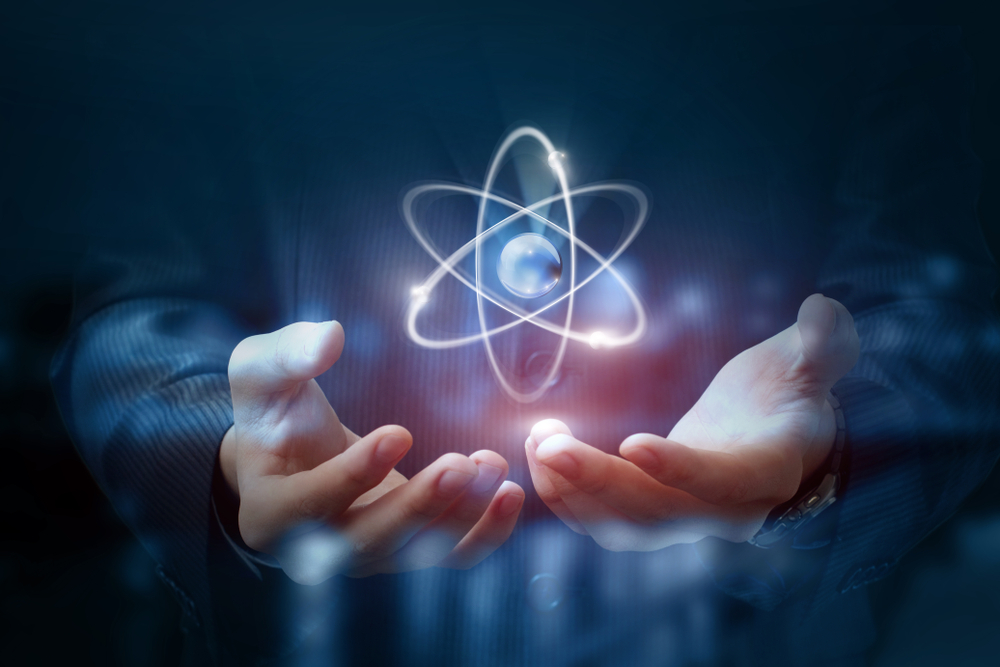
Nuclear energy has long been regarded as a promising source of low-carbon energy. However, traditional nuclear reactors have high upfront costs and significant operational challenges, making them less practical for widespread use. Small modular reactors (SMRs) are a new type of nuclear technology that could potentially solve these problems.
The market potential for SMRs is significant. According to a report by the International Atomic Energy Agency, there are currently more than 50 SMR designs in various stages of development around the world. The report estimates that the global SMR market could be worth up to $500 billion by 2040.
SMRs are essentially smaller, more portable versions of traditional nuclear reactors. They generate less power, typically ranging from 10 to 300 megawatts, but they also have several advantages over their larger counterparts. For one, they can be manufactured in a factory and transported to their destination, reducing the cost and complexity of construction. They also have greater safety features, including passive cooling systems that reduce the risk of meltdown, and can be designed to be more easily shut down in case of emergency.
There are several companies currently developing SMR technology. Rolls-Royce, for example, is working on a 440 MW SMR design that it claims will be 90% cheaper to build than traditional reactors. NuScale, based in the United States, has a 77 MW design that has received approval from the Nuclear Regulatory Commission. Canada’s Terrestrial Energy is working on a molten salt reactor that it says could be operational by the end of the decade.
A research by the Breakthrough Institute indicates that,
Advanced nuclear reactors can play a key role in cost-effective decarbonization of the national power sector, reliably supporting a high-renewables energy system. Updated, realistic cost assumptions and accurate operational characteristics reveal that advanced nuclear technologies provide high value for a clean electricity grid and possess significant market potential.
One of the key advantages of SMRs is their potential to bring down energy costs. Because they are smaller and more portable, they can be used in a wider variety of settings, including remote or off-grid locations. This could reduce the need for expensive transmission infrastructure and make energy more affordable for people in rural areas. SMRs could also be used to power industrial processes, such as desalination plants or hydrogen production, which would further drive down costs.
Furthermore, SMRs could play an important role in the fight against climate change. Nuclear energy is one of the few low-carbon energy sources that can provide baseload power, meaning it can generate electricity consistently around the clock. This is important because renewable energy sources like wind and solar are variable, meaning they depend on the weather and time of day. SMRs could provide a reliable source of low-carbon energy to complement these sources, helping to reduce greenhouse gas emissions.

0 Comments